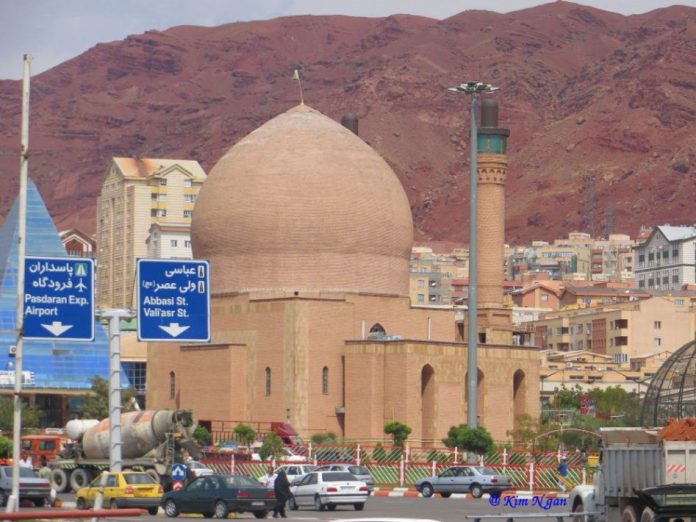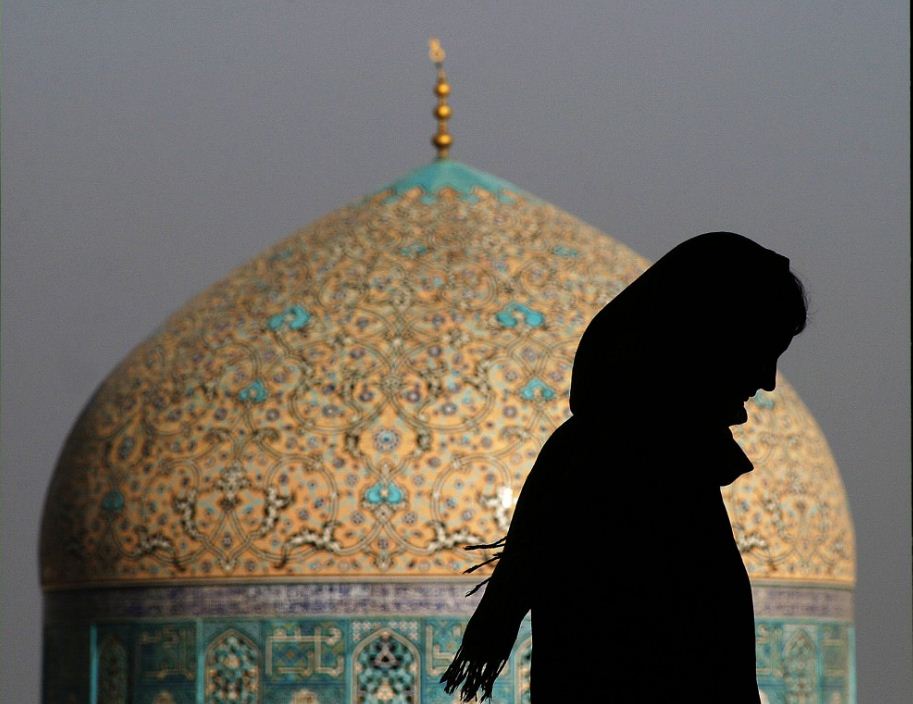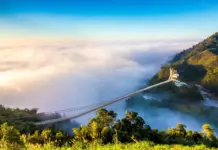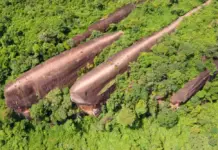Not only famous for beautiful Tabriz carpets as an artistic masterpiece, residents of Tabriz also proud of land with 3.000 years of history reminiscent traces up and down of a people who fearlessly.
- Fukuoka food blog — Visiting Fukuoka & enjoy specialties of the Southern Japan
- Chicago trip blog — The fullest Chicago travel guide blog on my trip to Chicago
- Melaka food blog — Experience Melaka delicacies, arrived at by Trishaw
- Salzburg blog — Sleeping heaven of Austria
- Kyoto itinerary 2 days — How to spend 2 days in Kyoto perfectly?
Tabriz is the capital of East Azerbaijan province is the fifth largest city in Iran. Located at an altitude of 1.350m where three rivers intersect Quru and Aji, Tabriz trade position is quite favorable, once is the second largest city in Iran until the late 1960s which was the crown prince of Qajar reign chosen as the place to live.
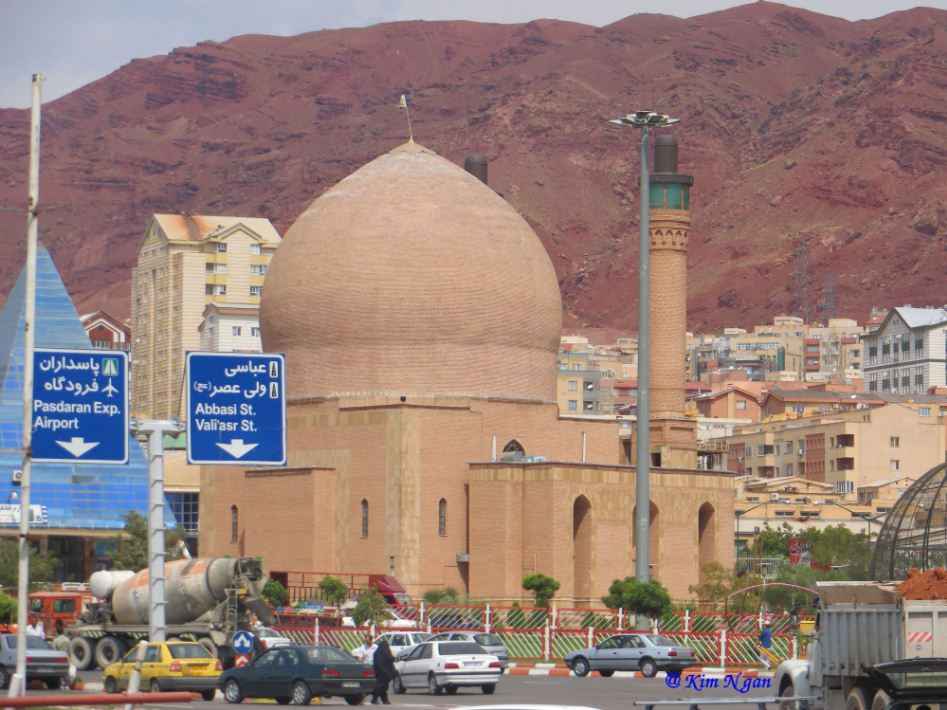
The homeland of Zarathustra
With more than 1.7 million people, weather cold in the winter, temperate summer, therefore, Tabriz is an ideal travel destination in the summer.
Not only famous for its great beautiful carpets by the skillful hands of artisans making and other crafts but Tabriz is one of the manufacturing centers and heavy industry of Iran such as automotive, petrochemical, cement production …
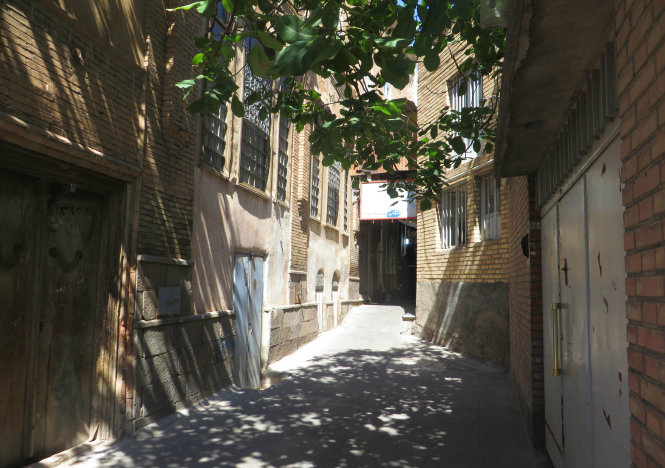
Step into any house, striking visitors is also huge rug on the floor with beautiful patterns, full of nuances.
With a rich history of nearly 3.000 years, Tabriz had several historical monuments, but earthquakes and frequent invasions have caused substantial damage to the landscape.
A lot of relics from the Ilkhanid, Safavid, and Qajar spoiled for visitors to explore. Particularly excavation site and museum in the city is derived from 2.500 years ago, so Tabriz is considered as one of the oldest cities of Iran.
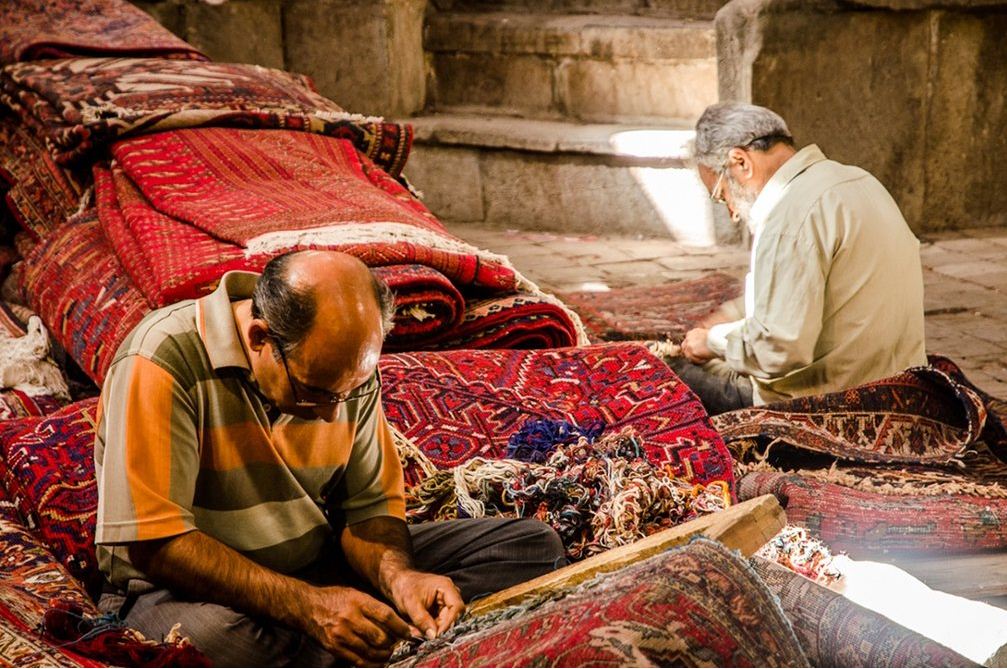
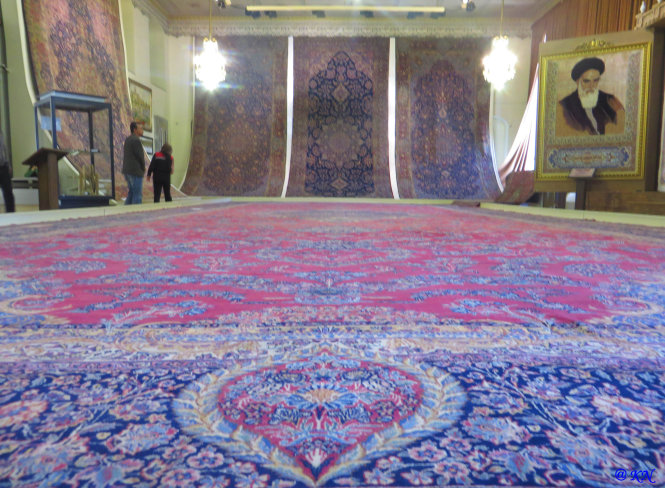
As land of Azargoshnasp temple, fire temple of emperors and nobles, Tabriz also supposedly to be the birthplace of the religious leader Zarathustra, who lived more than 500 years before Jesus who the German famous philosopher Friedrich Nietzsche wrote in his work “Thus Spoke Zarathustra”.
Surely many people still remember in this classic philosophy book, Zarathustra once said, “Everything is gone, everything returned; only the wheel of existence is permanent turnaround … “.

The marks of 3.000 years of history
Visit Tabriz can not ignore its own marks in the city that will definitely visitors stupor on mysterious past of this land.
Saat Tower (Clock Tower), also known as Palace of the city Council (Tabriz Municipality Palace) served as the city hall and government offices.
Built in 1934 with the Western architectural style quite lost amid the mosques characteristic of Muslim lands, the tower is now the museum is open regularly welcome visitors learn about history.
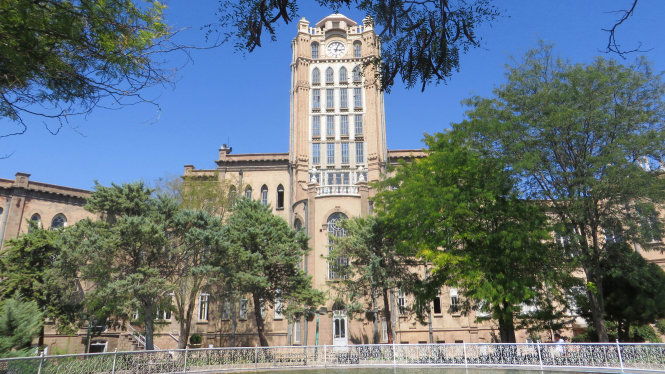
Kabud – Blue mosque – is exactly as its name. The murals have been destroyed over time but could recognize outstanding ornamental pattern in blue. The paintings on the wall especially mysterious, sophisticated artistic engravings as hauntingly beauty of famous Tabriz carpets.
Built in 1465, this is one of the most beautiful mosques in that time. Once completed, the artists have to spend another 25 years just to decorate the front of the building with blue faience tiles and calligraphy.
Although thankfully intact in its worst earthquake in 1727, but it was devastated in 1773 by following the next earthquake. The city was destroyed so government abandoned the ruined blue mosque until 1951 new remodeling.
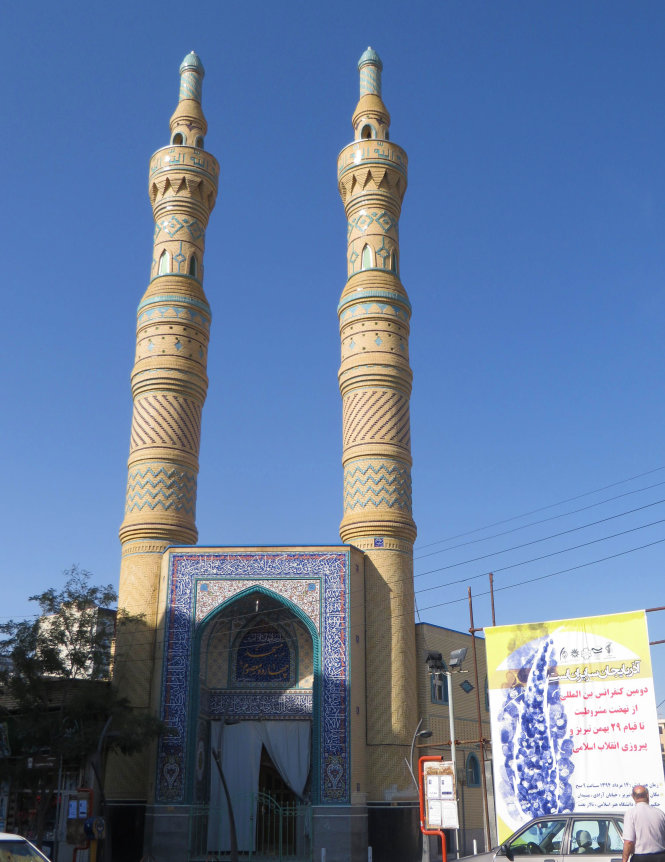
Iron Age Museum not far from the Blue mosque. In the process of remodeling the mosque was in 1997, people have discovered the remains of humans, animals buried with teeth, horns and metal objects from the Iron Age.
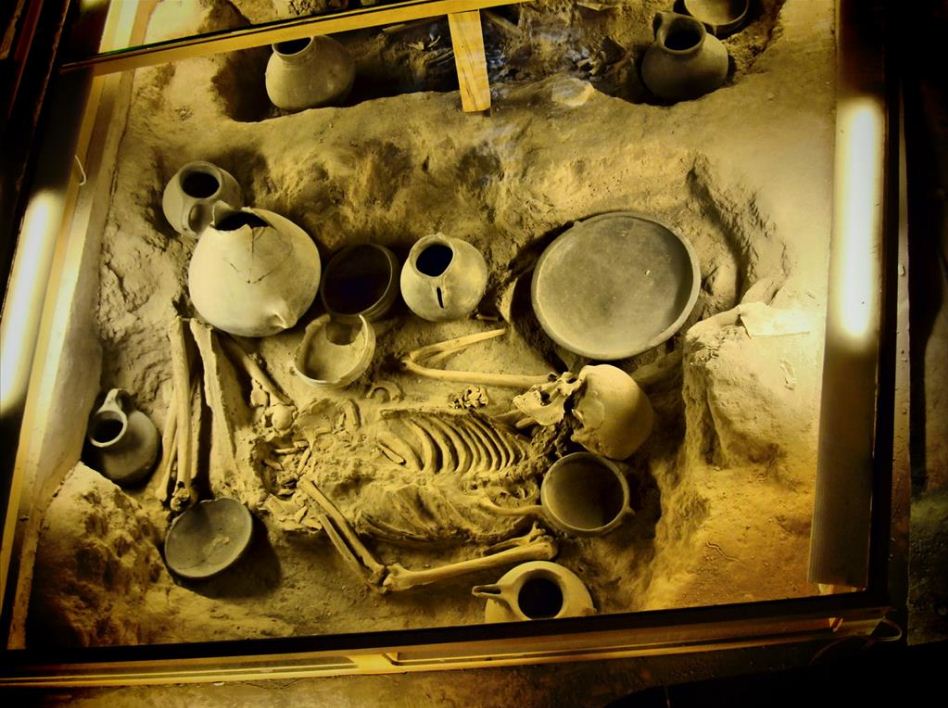
Imamzadeh Hamzah mosque complexes, storage Hamzah tomb of the son of the spiritual leader of Shia Islam, Twelver branch is Musa al-Kadhim. Perhaps this is why this place is called Imamzadeh, means “son” or descendant of an imam.
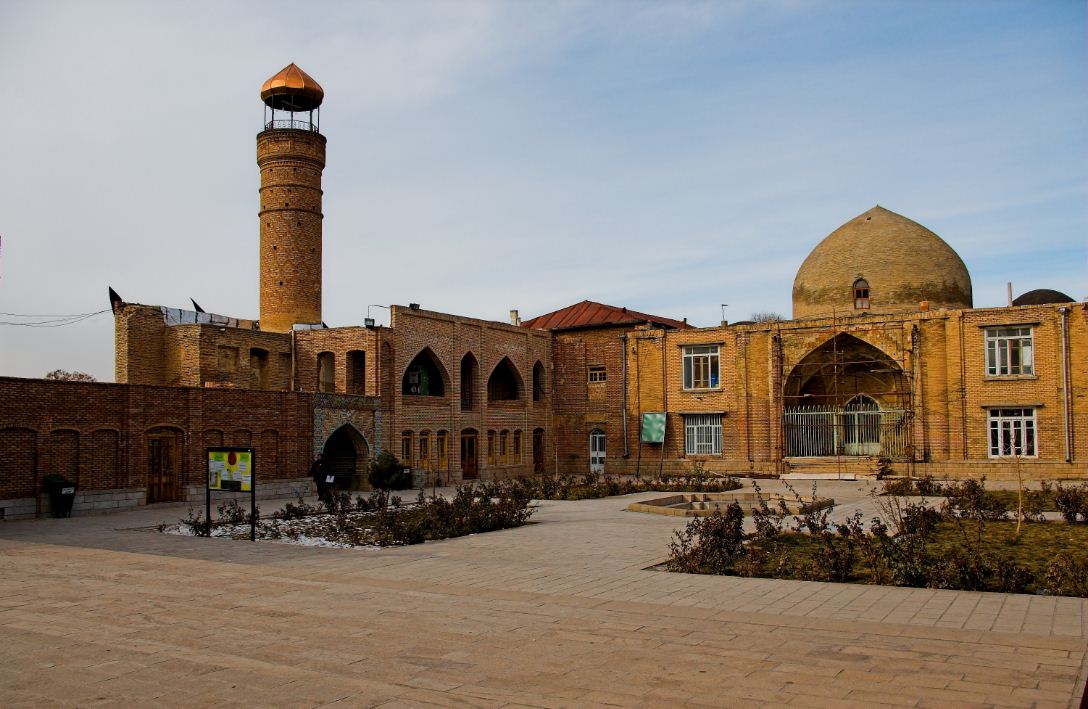
Citadel Arg, or Alishah Gate, which is the remains of a large unfinished tomb from the 14th century built between 1318 to 1339 years in age of Ilkhanate ruled by the Mongols.
During the construction the roof of mausoleum was collapsed and the building must be stopped. Until the Russia – Iran war broke out in 1804-1813, Russian troops have destroyed and occupied Arg as barracks.
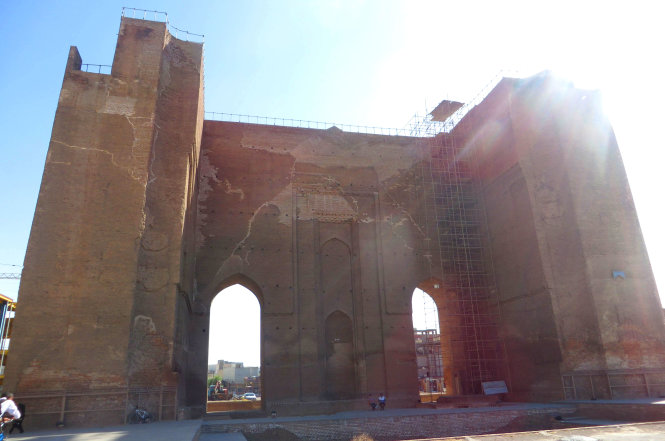
El Goli (formerly Shah Goli), hill garden and park surrounding a artificial lake of 54 675 m² site. Just 4km from the city center, this is the place not to be missed when visiting Tabriz.
From high on the hill, I looked down panoramic acres oasis city between mountains undulating waves and then pamper yourself spoiled for relaxation among green trees in a summer in mysterious land of Persian.
Below the other, the cool lake was built in the reign of King Aq Qoyunlu, then expanded into the Safavids.
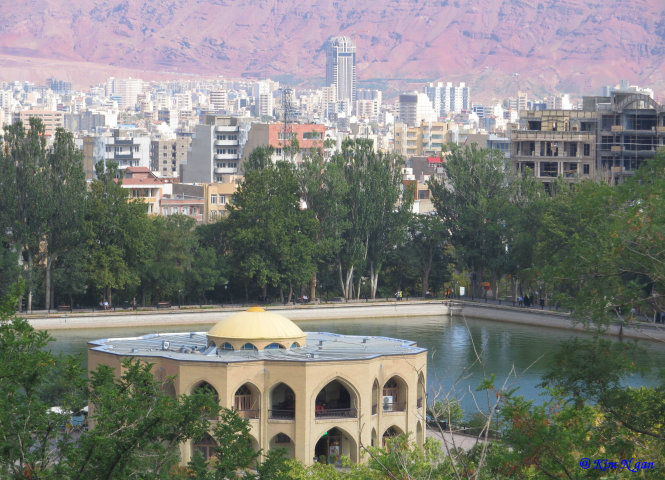
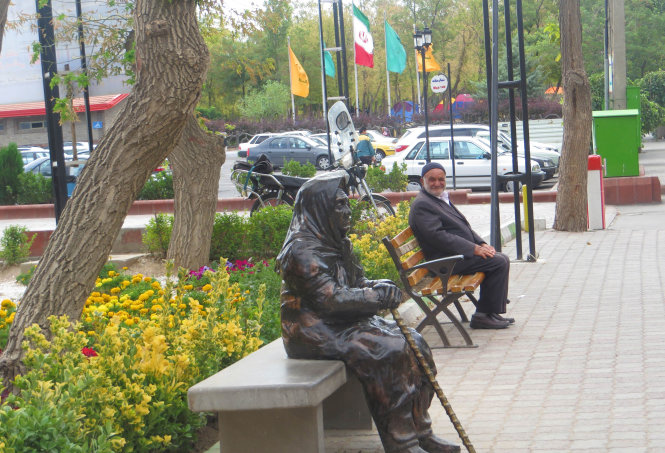
Walking in the city, certain can not ignore the trade center area, which is Tabriz Historic Bazaar Complex Market is recognized is the World Heritage Site, with rich many items.
Unique architecture from last years of Zand dynasty (1750-1779 AD) styled restaurants interspersed markets, mosques, schools add beauty to this place.
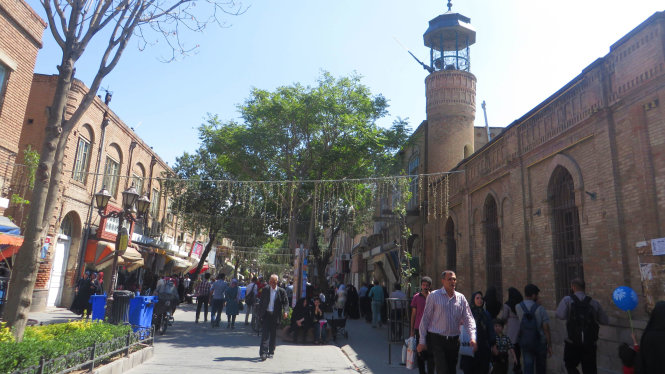
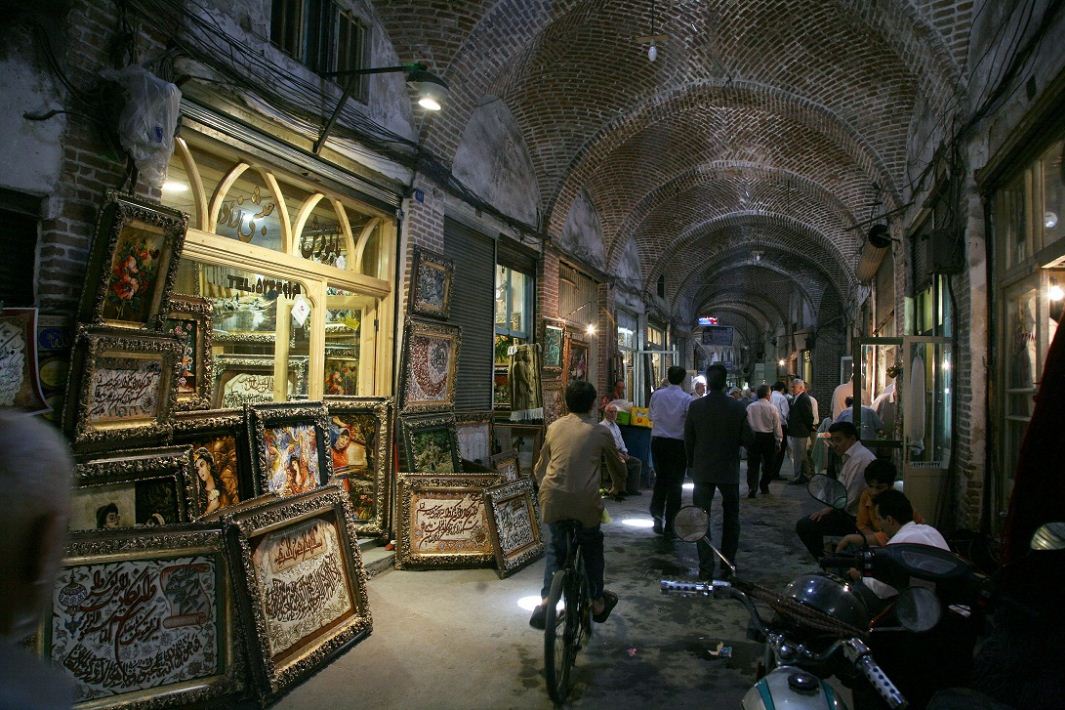
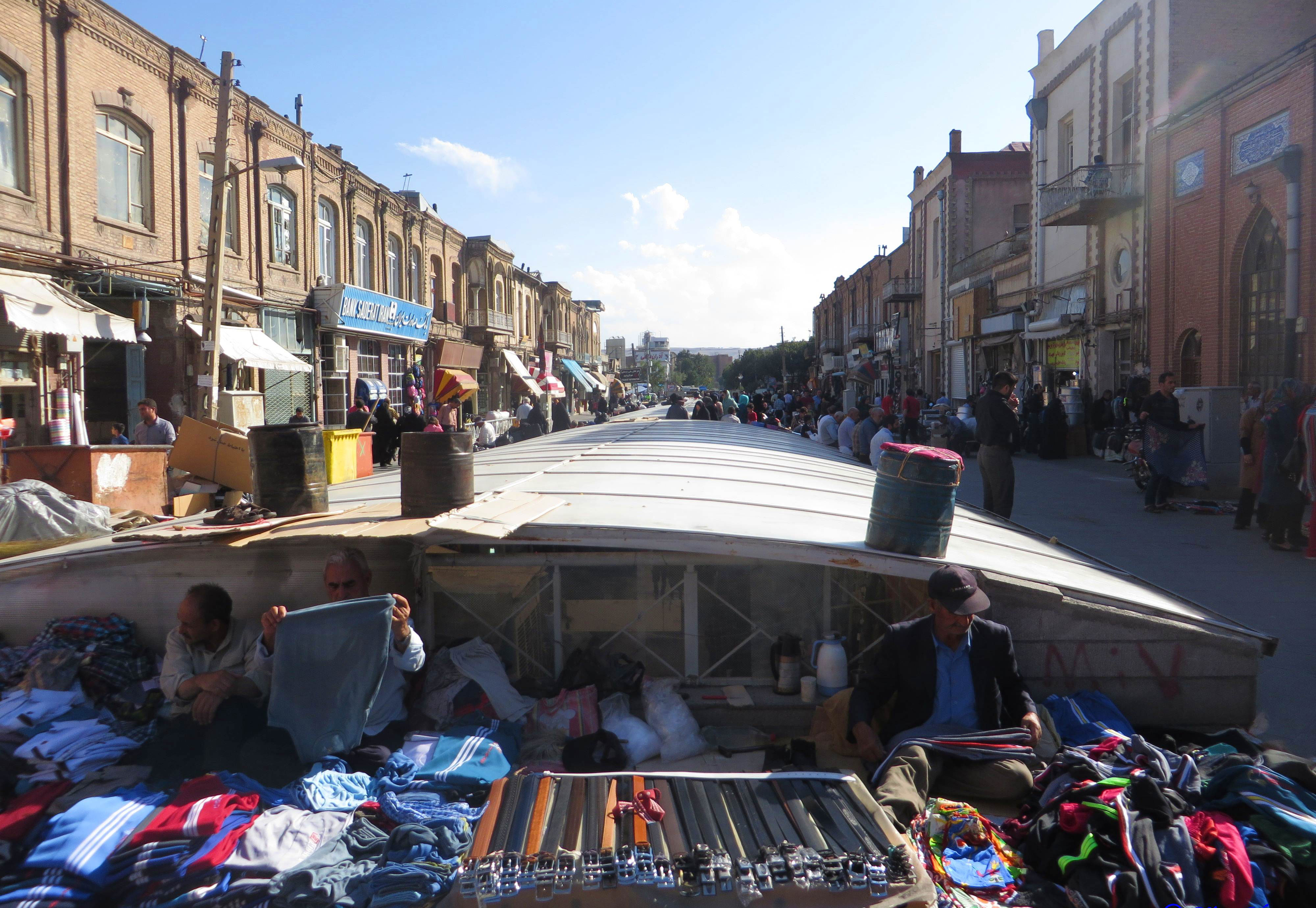
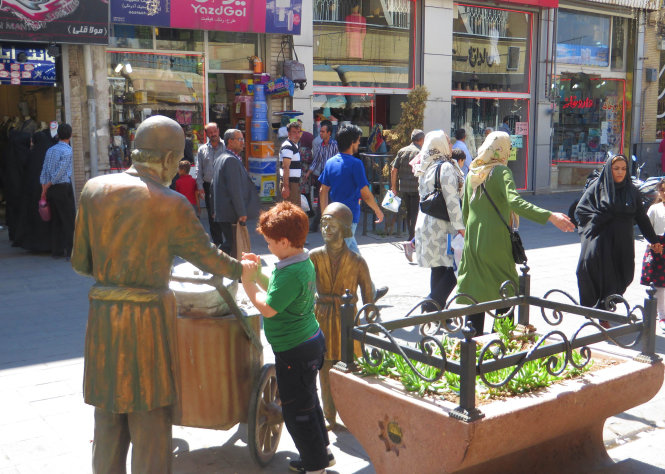
Go there, watch the art tapestries and exquisitely decorated craft items by skillful artisans of Tabriz prone everyone fascinated.
Looking up at the ancient arches of the exquisite mosques dyed turquoise of blue sky is affectionately hugged and other on ground are mysterious black “chadors” of Islam followers with their shadows are moving slowly on the road, suddenly I said silently to myself: “He came and he went; only the history of Tabriz is permanent turnaround …. ”































![10 best airports in Asia in 2016 [RANKED] kuala-lumpur-international-airport-best airports in asia in 2016 by skytrax ratings](https://livingnomads.com/wp-content/uploads/2016/08/29/kuala-lumpur-international-airport-best-airports-in-asia-in-2016-by-skytrax-ratings-218x150.jpg)








